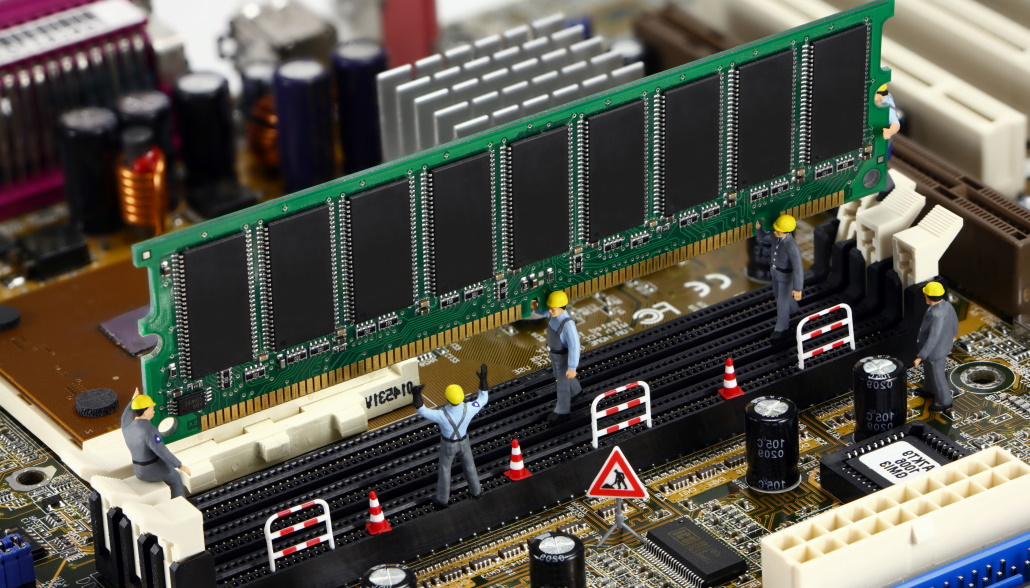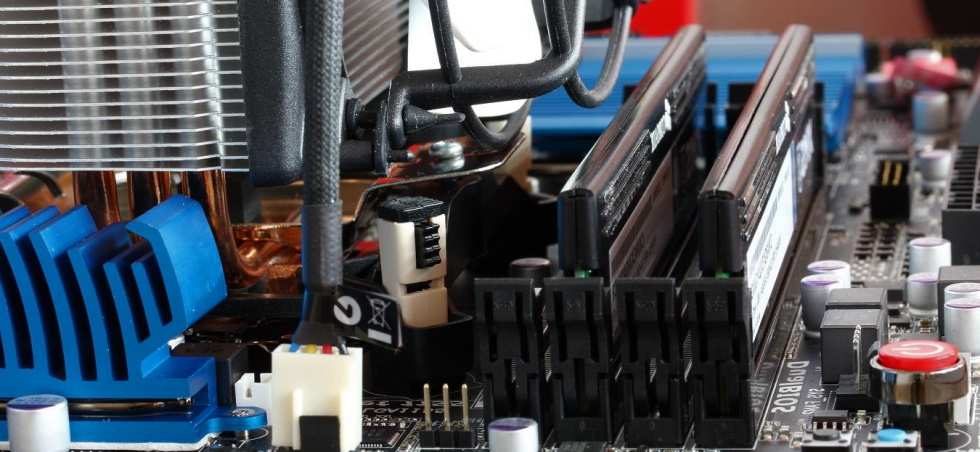
If you’re looking for ways to make your computer run faster, one option is to add more RAM. This can help improve your device’s performance and speed up tasks like web browsing, video streaming, and gaming. Here’s a step-by-step guide on how to do it.
Adding more RAM to your computer is a great way to speed it up, especially when running low on memory. This guide will show you how to do it.
Increasing the RAM of my PC affect the performance
First, you need to determine how much RAM your computer can handle. Open the System window by clicking on the Start button and then clicking on Control Panel. Once the System window is open, click on the Advanced tab and click on the Settings button under performance. The Performance Options window will open. Click on the Advanced tab and then click on the Memory Usage button. The amount of RAM that your computer can handle will be displayed in the Available Physical Memory box.

If your computer can’t handle the amount of RAM you want to add, you can buy a memory upgrade kit. To find a memory upgrade kit, go to your favorite search engine and type in “memory upgrade kit” plus the name of your computer’s manufacturer.
Once you have determined how much RAM your computer can handle and have obtained a memory upgrade kit if necessary, you are ready to add the RAM. Again, the process for doing this will vary depending on the type of computer you have, so you will need to consult your computer’s manual or use Google to find instructions specific to your model.
RAM affects FPS in games: tips to improve your gaming performance
RAM is crucial for gaming performance, and there are several ways to optimize your gaming experience by using it to your advantage. Here are some tips:

- Make sure you have enough RAM. If your system only has 4GB of RAM, upgrading to 8GB or even 16GB will make a big difference in your FPS.
- Use a RAM disk for temporary files. This will help reduce the amount of time your system spends accessing data from your hard drive, which can improve FPS.
- Close background applications. Many applications running in the background can consume resources and affect FPS. Closing them can free up those resources and improve gaming performance.
- Optimize your graphics settings. Reducing the resolution or setting lower quality graphics options can improve FPS.
- Overclock your RAM. This can significantly boost FPS, but make sure you know what you’re doing before you attempt it.
Following these tips can help you get the most out of your system and improve your gaming performance. If you’re looking for even more of an advantage, consider upgrading your hardware or adding more RAM to your system. With enough RAM, you’ll be able to take full advantage of all the resources your system offers, resulting in the best possible gaming experience.

